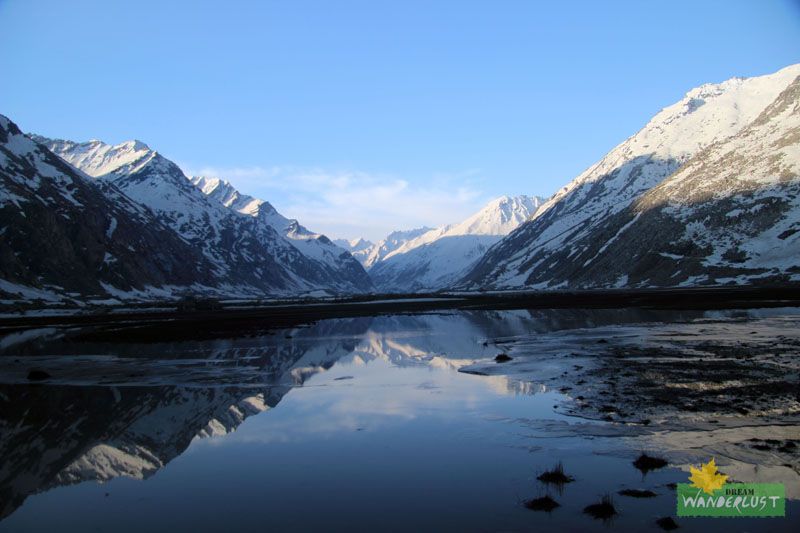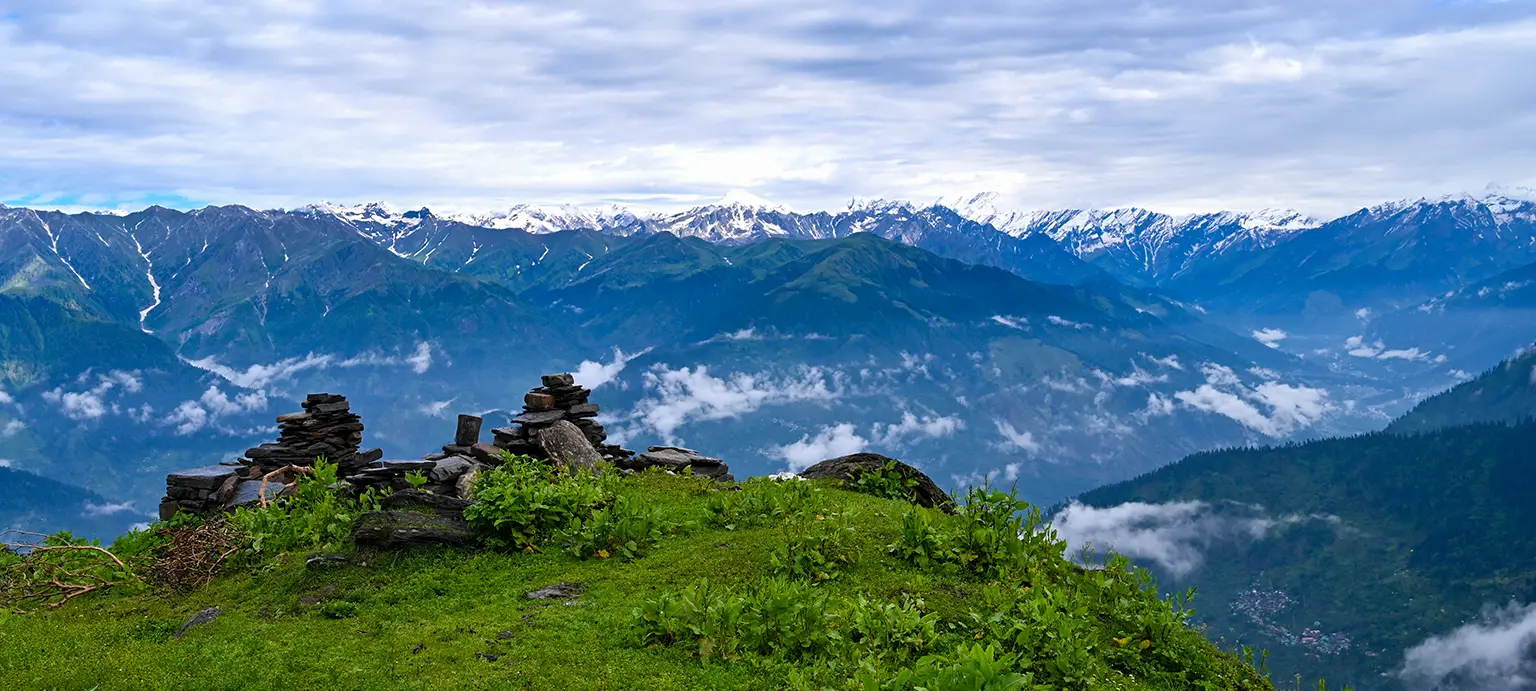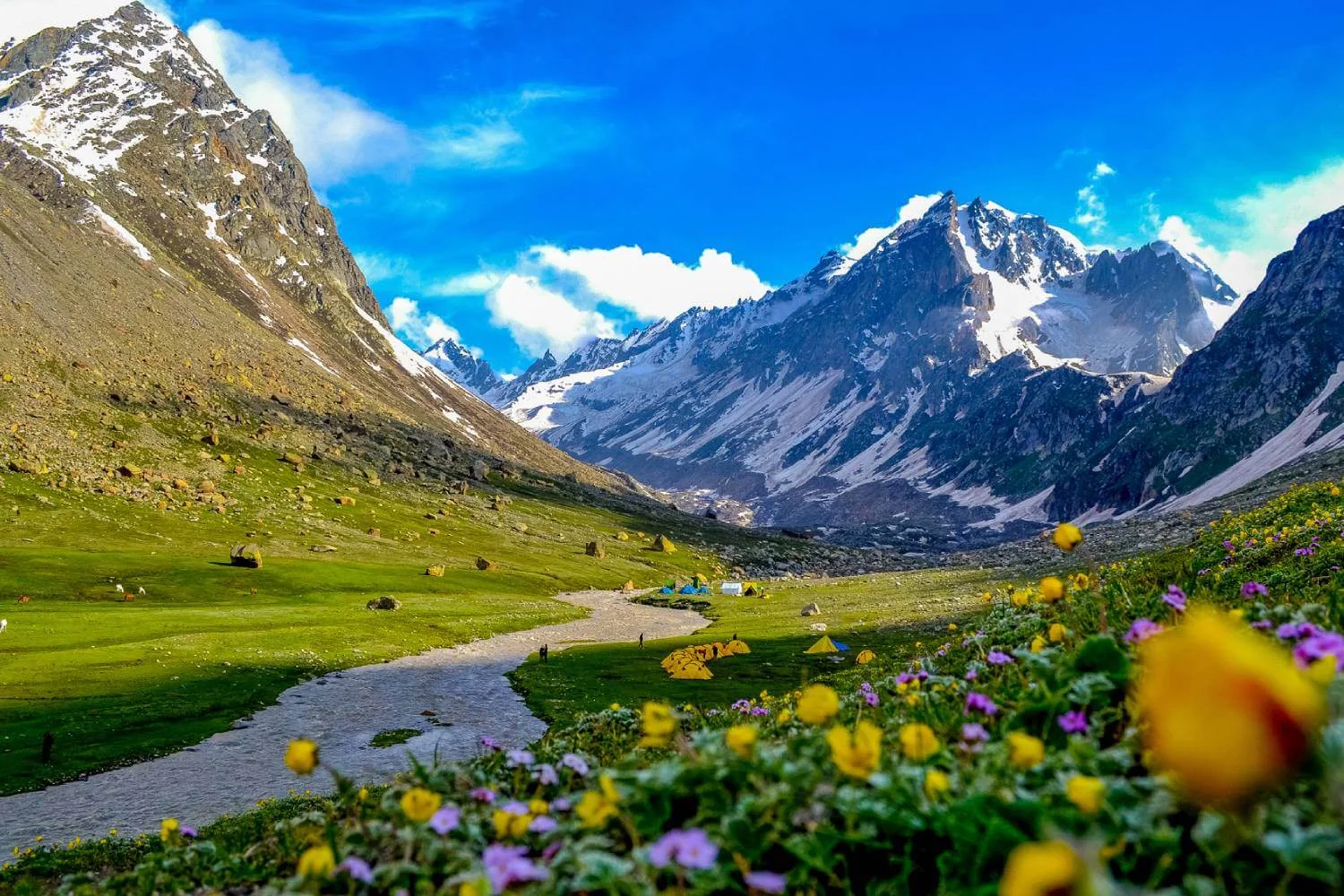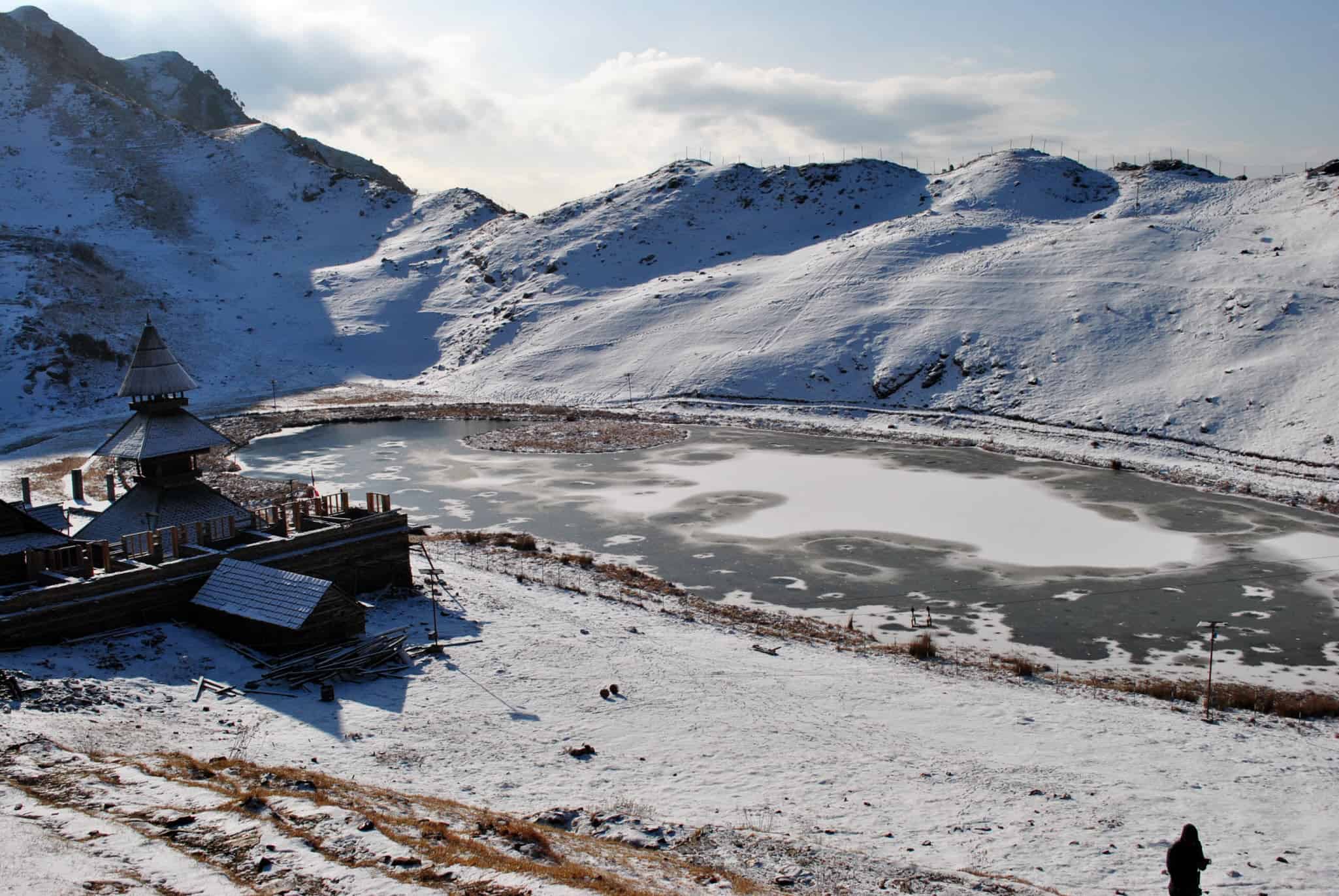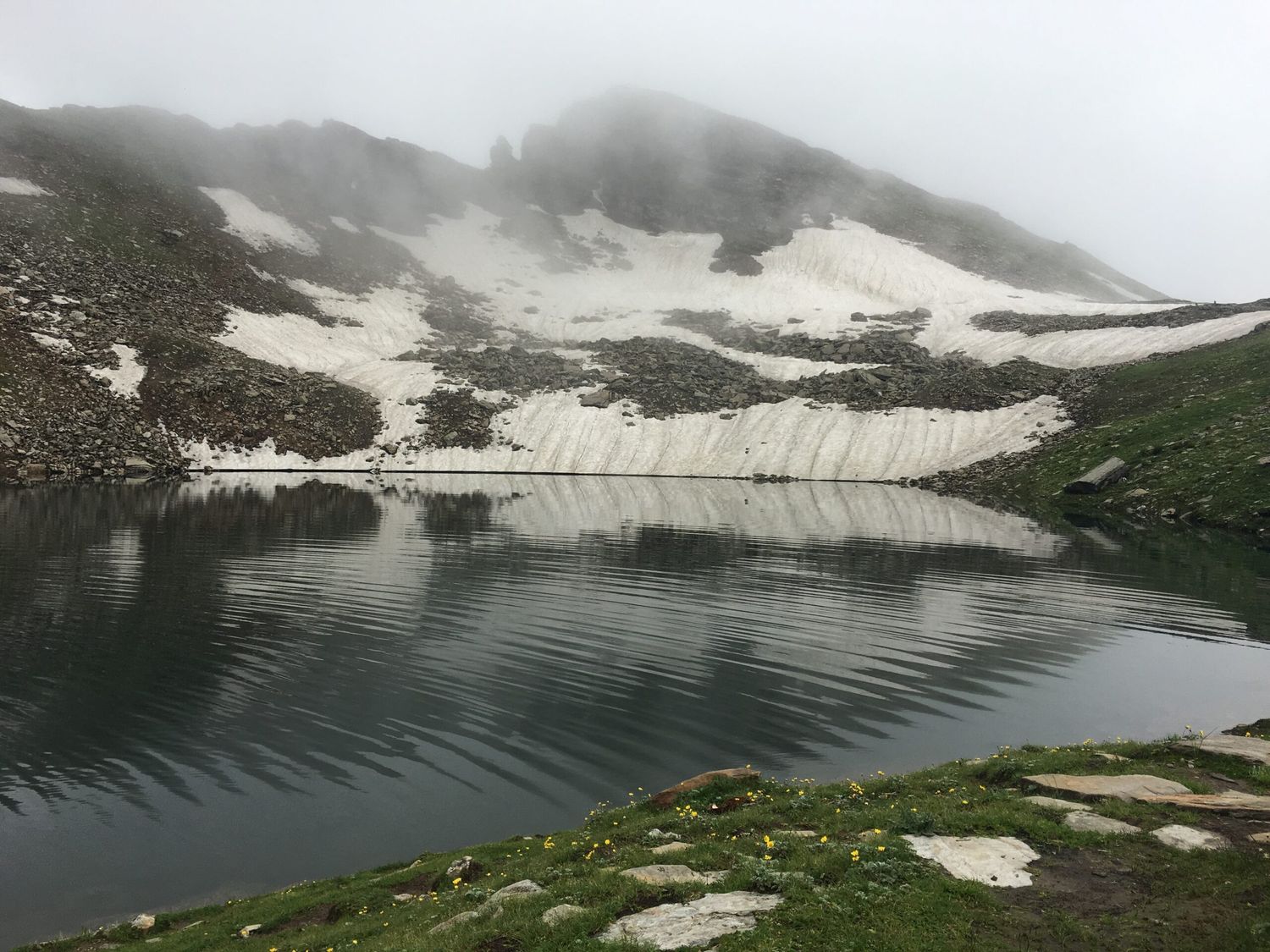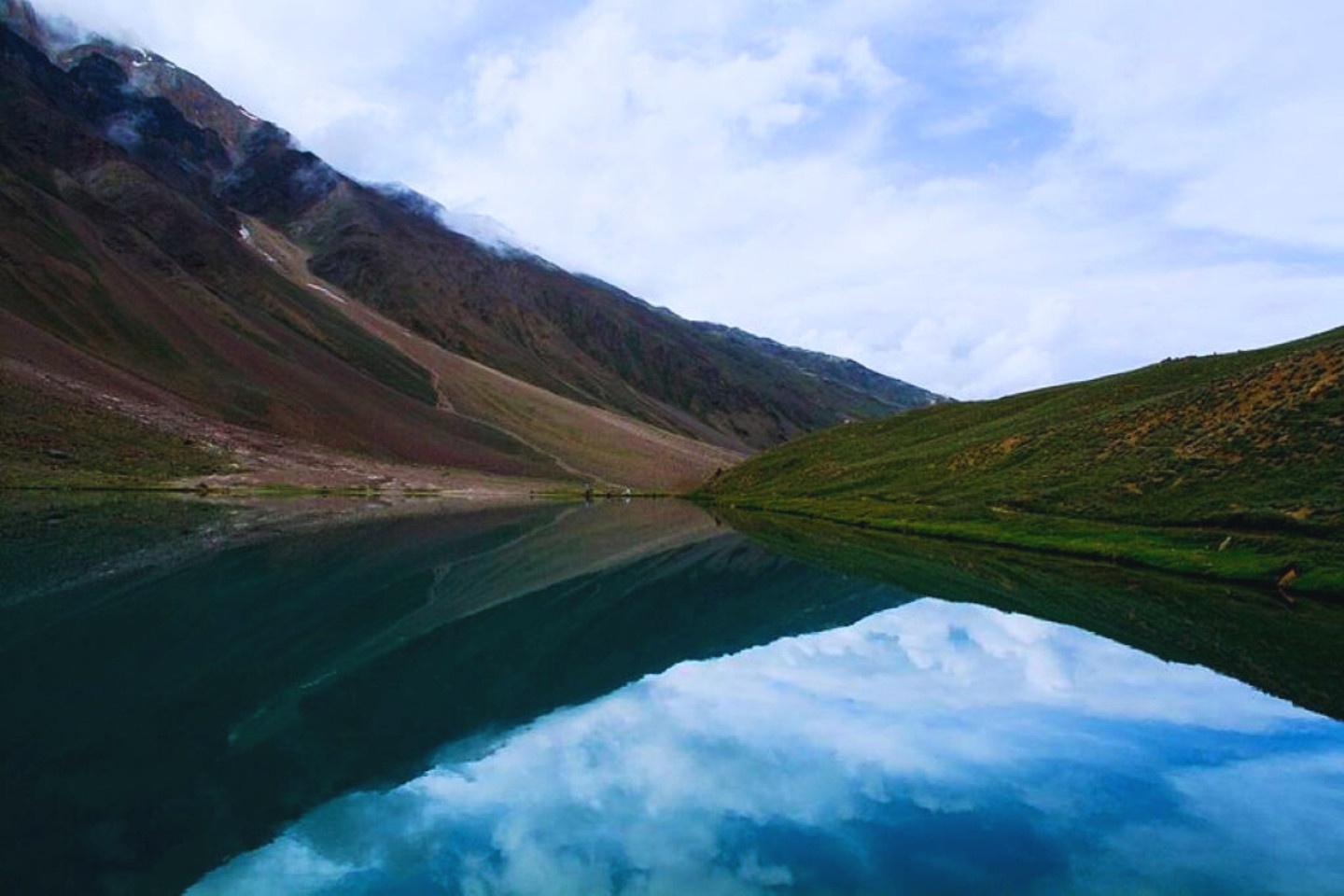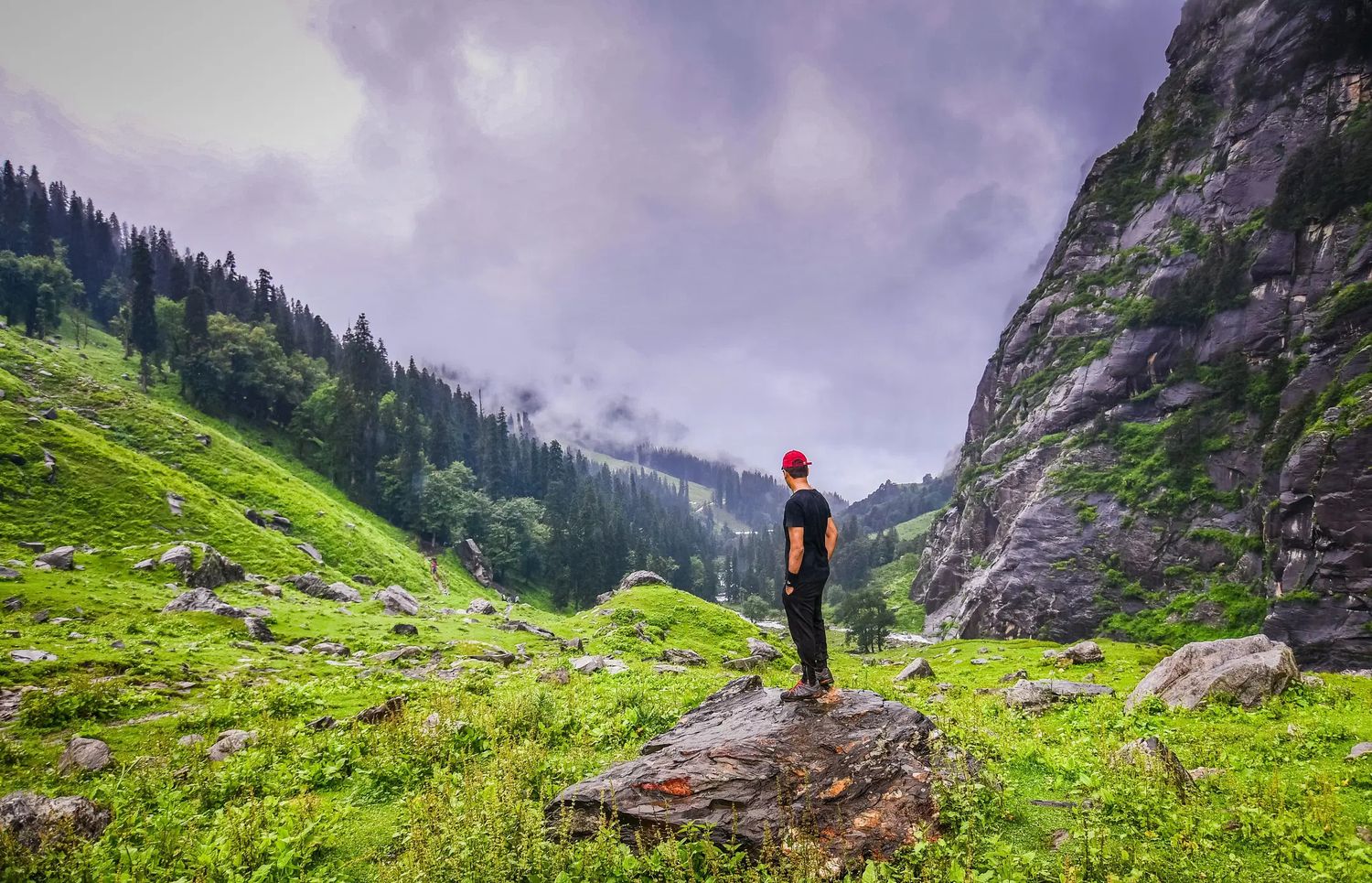Mantalai Lake Trek: Journey to the Source of Parvati River
The Mantalai Lake Trek is a stunning expedition deep into the heart of Himachal Pradesh’s Parvati Valley. Known as the source of the Parvati River, Mantalai Lake sits at an altitude of 13,500 ft surrounded by snow-capped Himalayan peaks, lush meadows, dense forests, and high-altitude passes. This trek is not just about the destination—it is about the journey that takes you through some of the most enchanting landscapes in the Himalayas. From hot water springs at Kheerganga to wide alpine meadows of Odi Thach and the massive glacier views near Mantalai, this trek offers a perfect blend of adventure, spirituality, and natural beauty.
Mantalai Lake: A Sacred Himalayan Lake
Mantalai Lake holds religious significance as it is considered the origin of the sacred Parvati River. Surrounded by snow-covered mountains, the lake provides a serene yet adventurous environment for trekkers. Its remoteness and raw beauty make it a hidden gem for those seeking solitude in the Himalayas.
Scenic Landscapes of Parvati Valley
The trek covers diverse terrains—pine forests, alpine meadows, waterfalls, glacial streams, and rugged moraines. The meadows of Odi Thach and Pandu Bridge are among the most picturesque highlights of the route.
Why This Trek is Challenging Yet Rewarding
While the trek requires stamina and acclimatization, the rewards are immense. You experience remote Himalayan villages, soak in hot springs at Kheerganga, and walk along the majestic Parvati Glacier. Every day presents new landscapes, making it one of the most enriching treks in Himachal Pradesh.
